Bristol is the best. So says The Sunday Times, at least, which recently ranked the south-west city as the most desirable location in Britain thanks to its ‘cool, classy and supremely creative’ vibe.
According to the newspaper’s Best Places To Live Guide 2017, Bristol has it all: glamorous, creative, high-tech and professional jobs, culture and a highly rated food and drink scene. For restaurateurs looking to move beyond the capital, Bristol, therefore, seems the obvious place to target. But does the city’s eating-out scene live up to its overall reputation as being the country’s top destination?
A booming restaurant scene
According to food writer and Bristolian Xanthe Clay, with a population approaching 450,000 and with some 1,245 restaurants (if TripAdvisor is to be believed), Bristol compares very favourably with London, which has 18,000 restaurants and a population of nine million people.
“With only 5% of London’s population, Bristol has got considerably more than 5% of the number of London restaurants,” she says. “When you look at Manchester, which has a population of 2.5 million and 1,700 restaurants, Bristol really punches above its weight. It has a reputation as a city that is booming for food, and it is a fairly won reputation.”
It is also a location for highly ranked restaurants. “Three restaurants in, or very near, Bristol have a Michelin star,” adds Olivia Fitzgerald, managing director of marketing technologies at EPoS provider Zonal. “The Michelin Guide lists 32 restaurants in the area. This compares very favourably with Manchester’s 26 [listed] restaurants and Birmingham’s 17 restaurants, given their much higher populations. Bristol has more of a destination restaurant scene than anywhere else outside of London.”
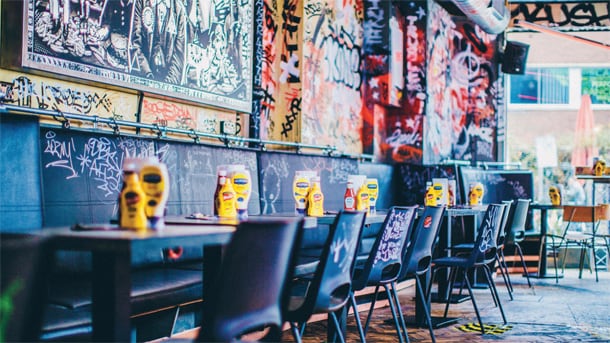
The city is home to a number of chefs who have relocated from the capital to set up ambitious restaurants akin to those found in London. Last year, for example, Elliott Lidstone, former head chef at L’Ortolan and more recently at the highly rated Empress in London, moved to Bristol to open BOX-E, a 14-cover modern British restaurant at the city’s new Wapping Wharf Cargo 1 development. Adelina Yard chefs Jamie Randall and Olivia Barry also have London experience. The chef couple did stints at Galvin Bistro Deluxe, Corrigan’s Mayfair, Murano and Odette’s before moving to Bristol to open their highly acclaimed waterside restaurant.
James Wilkins, chef-patron at Michelin-starred Bristol restaurant Wilks, has also had London training, having worked with Gordon Ramsay at Aubergine, Chris Galvin at The Orrery and Jeff Galvin at The Greenhouse early on in his career.
“Chefs with London credentials coming to Bristol is a theme,” says Clay. “What’s exciting about Bristol’s eating-out scene is that it is not derivative of London. What it is doing is very much on its own terms. It’s developing its own style, much as it did with music and the Bristol sound.”
Clay also points to Bristol’s ability to keep up with London’s food trends. “People talk about there being a craft bakery movement because of what’s happening in the capital, but outside of London there are still not many good bakeries, even in big cities. Yet, in Bristol, there are at least five or six really good bakeries – it is a trend that is happening here.”
Competitive rents
So why are London chefs choosing Bristol over other cities when moving outside the capital? One key factor is the comparatively low rents in the city despite it having the largest population of any in the affluent south-west.
Commercial letting in Bristol is significantly cheaper than the nearby cities of Exeter, Bath and Cardiff, according Ted Schama, partner at property agent Shelley Sandzer. While in Exeter average new lettings in the Guildhall area of the city are £35 per sq ft and £50 per sq ft in Princesshay – averaging £42.50 per sq ft across the city – Schama says that average rents in Bristol are £30 per sq ft. Milton Place in Bath, meanwhile, commands around £35 per sq ft, according to Schama, while in St Davids in Cardiff, restaurateurs are paying upwards of £70 per sq ft.
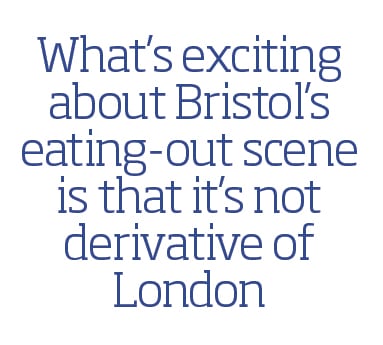
“Bristol has a big population, two universities and a very healthy office population of around 59,000,” he says. “In the Quakers Friars area of the city, the average rent is £30 per sq ft. For a 3,000sq ft restaurant that is £90,000 in rent, which is very manageable in what is such a central location. Bristol offers really very good value for brands and independents. It should be a good profit centre for restaurants.”
The city’s relatively low rents are partly down to the layout of the city, according to Schama. “Bristol is quite spread out and there has been no major development to draw people in. Where it falls down in people’s eyes is that you are less likely to get concentrated footfall all of the time so you have got to choose your location very carefully.”
Alex Reilley, who founded the hugely successful Loungers restaurant company in Bristol in 2002, shares this view. With no obvious central location with which to anchor, Reilley instead built Loungers in Bristol’s suburban areas.
“Bristol is a tricky city,” he says. “For the branded restaurant scene, it’s a challenge. There’s nothing big coming out of the ground that could be a critical mass for operators where they feel there could be safety in numbers.
“Cabot Circus [in Bristol] has got an experimental shopping centre design that doesn’t work so whereas people should be falling into Bristol from the hinterland they aren’t. If you’re between Bristol and Bath you go shopping in Bath because it’s a nicer retail experience and it’s easier to get in and out of.”
On the waterfront
The fact that Bristol has been slow to attract the branded operators has been exploited by the city’s independent restaurants. Local chefs and those from the capital attracted by reasonable rents have helped create the vibrant independent food scene for which the city is now known.
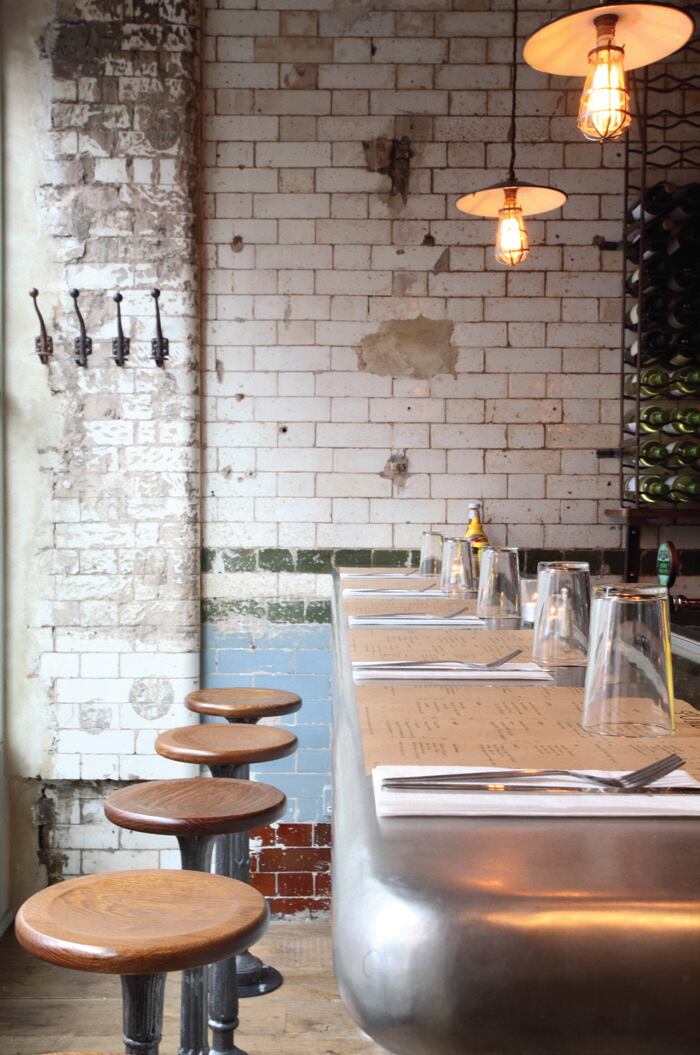
“Where you see value, that’s where you see the most creativity, so it’s no surprise Bristol has a strong indie scene,” says Schama. In particular, he points to the “edgy” Wapping Wharf area of the city, home to the shipping container development Cargo, as one that is becoming a hub for independent restaurants. Wapping Wharf has so far attracted players including The Wild Beer Co, Bertha’s Pizza, BOX-E and Michelin-starred chef Josh Eggleton, who recently opened a Chicken Shed there. Following the success of his first-floor chicken restaurant Eggleton now plans to open a second site of his Salt & Malt fish and chip restaurant.
Salt & Malt Cargo, which is set to open in spring, will occupy five ground-floor units at the new Cargo 2 development and will have 35 seats inside and 35 on an outdoor terrace. “We’ve been thinking about a second Salt & Malt for a while now, but it was all about the right location,” says Eggleton. “It was always important that any other Salt & Malt locations would be by the water. It needed to have that waterfront and community vibe and Cargo 2 is the perfect spot for that.”
Other restaurants on their way to the development include Greek street food player The Athenian, The Pickled Brisket, dubbed Bristol’s first dedicated salt-beef bar, and Tare, a modern restaurant that is a collaboration between Jes Rowly and Matt Hampshire, both of whom have worked in some of Bristol’s mostmnoted restaurants, including Riverstation, Lido and Wilsons.
Peter Sanchez-Iglesias also chose a waterside location when he relocated his Michelin-starred restaurant Casamia last year. Alongside the new Casamia, the Bristol chef has opened pizzeria Pi Shop and tapas restaurant Paco Tapas and says Bristol’s upcoming waterside area was an obvious choice of location. “It is an area that has obvious potential,” he says. “It is definitely somewhere that is on the up.”
Clay echoes this view. “The harbour side is experiencing something of a renaissance,” she says. “Despite it being a beautiful part of Bristol, it’s always had a bit of a reputation for hen nights and heavy drinking. But it’s beginning to pull that back now.”
“The city is full of little operators doing something interesting together,” adds Reilley. “What’s happening at Wapping Wharf is not something that people saw coming. It is attracting a lot of start-ups. The only place you would normally find that is in London.”
Pulling in the brands
With a flourishing independent restaurant scene, London restaurant brands – and not just its chefs – are being attracted to Bristol. Last year, Polpo chose the city to open only its second non- London restaurant (the first was in Brighton) on the city’s popular Whiteladies Road and it will, this month, open a second of its New York diner concept Spuntino in Wapping Wharf.
“Bristol was high on the list for potential cities,” says Polpo managing director Luke Bishop. “We felt a strong sense of synergy between Bristol and Soho – it has a creative population and a young demographic; people from creative industries have always frequented our restaurants.”
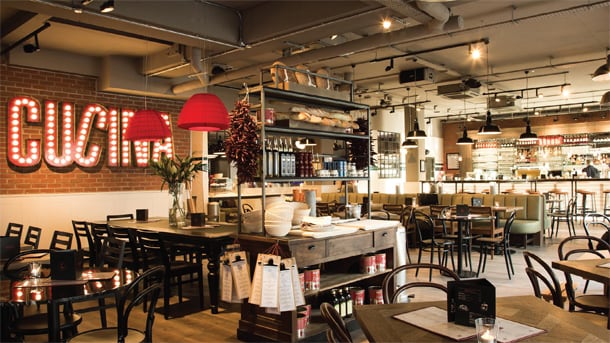
Bishop was also attracted by the growing number of independent restaurants in the city – “we thought we could contribute very positively towards that” – but says the biggest motivation behind Polpo’s move to Bristol was financial.
“We seem to be facing ever-increasing rates and rents in London and for ever-decreasing returns, so the opportunity to open the business elsewhere and have less of that pressure was a huge driver for us. The rent in Bristol is a quarter of our London average, which is a very strong place to start.”
Bristol has also been chosen as the first UK location for German-based pizza and pasta brand L’Osteria, which opened in Cabot Circus last December. The city’s competitive rents and high population made it an attractive debut location for the brand on UK shores, says managing director Pru Naik, who intends to open 30 restaurants in the UK in the next five years.
MEATliquor also opted for Bristol early on in its expansion beyond London, although issues with the site meant that it opened much later than planned. Bristol was supposed to be the company’s fifth site, but ended up being its eighth after the building it was going into was found to contain asbestos.
Co-founder Scott Collins has visited Bristol for more than a decade and is familiar with the city, which is why it was an obvious location for the company. The relatively low rents – MEATliquor pays around £13 per sq ft at its Stokes Croft location – was also an attraction, although the low price comes with low footfall.
Bristol bites: the city's consumer habits
Last year, Just Eat took 1.2 million food orders in Bristol, delivering 269,000 kebabs, 230,000 burgers, 510,000 portions of rice and 210,000 cans of Coca-Cola. The city’s main takeaway foods are Chinese, Indian and pizza, according to UK marketing director Ben Carter, in line with the rest of the country, but it is burgers and desserts that are the two fastest growing categories of food orders.
Bristolians also spend more on food for delivery than the rest of the country, says Carter, and are also more tech savvy than people from other cities. “The use of apps is much more prevalent in Bristol,” he says. “In Bristol, the ordering percentage via an app is 57%, compared with the national average of 50%. People who order through [an Apple device] tend to have a higher spend, and this is very much the story in Bristol.”
Bristol’s tech-aware population means people in the city are more likely to make a restaurant reservation online than in other cities. “There are lots of digital natives out there with money to spend,” says Olivia Fitzgerald, managing director of marketing technologies at EPoS provider Zonal, who adds that the city has online booking rates that rival London. In the past six months, Bristol booking rates per venue even overtook the average in London.
“There is an emphasis on booking ahead in Bristol. This might be because it is more geographically spread out than other cities and because many restaurants are quite small so people do have to book in advance to get a space.”
According to Zonal’s data, Bristol residents like to view menus when visiting a website, with 91% of those surveyed in Bristol wanting to look at a menu ahead of a visit compared with 82% of people in London.
“All three regional openings haven’t been easy (the others are in Leeds and Brighton),” says Collins. “They are all off pitch. As a company we wouldn’t do that going forward; it’s made it very hard for us.”
Another challenge for London operators is the difference in trading patterns in regional cities, and Bristol is no exception. “There are very big differences between London and Bristol, even bigger than we thought there might have been,” admits Bishop.
Average spend is £5 less in Bristol than in London, which is “quite a substantial difference”, he says. Londoners also drink more – in London drinks make up 43% of sales, in Bristol just 35%. “It is enough for us to have to adjust our operations,” he says.
Lunch trade also took the company by surprise. “Lunches are tough in London but even tougher in Bristol. Lunch in Bristol is 19% of our weekly sales, in Soho it is more than double that. That is not surprising in terms of location and footfall, but it is a huge difference for us to work through financially and operationally.”
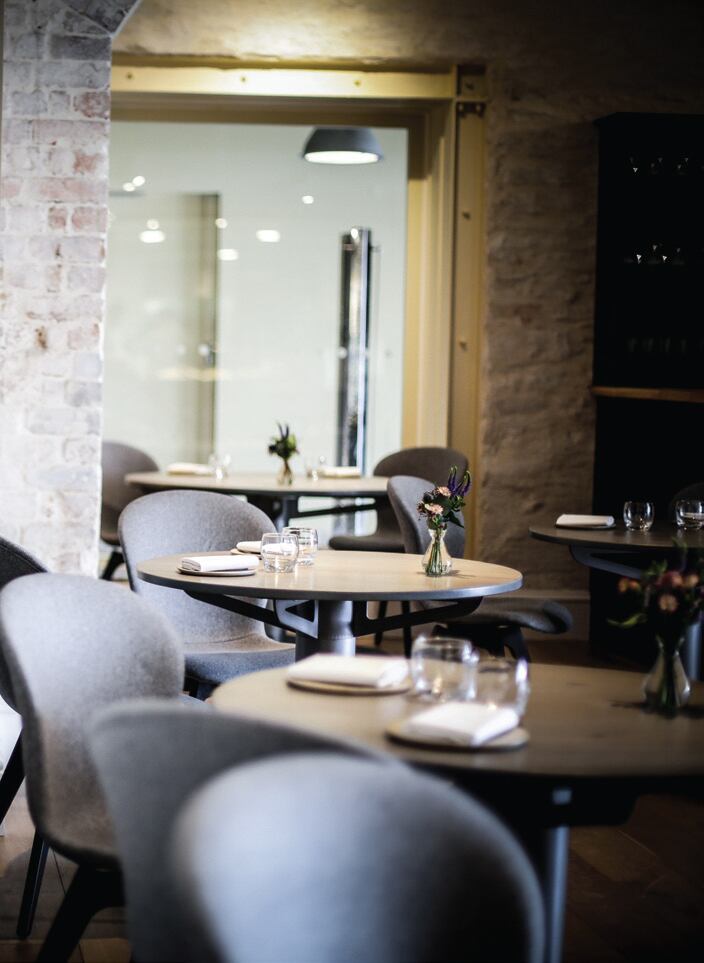
In contrast, weekend trade is much higher in Bristol than in London. “This is all stuff we thought of, but our forecast patterns were not as accurate as they could have been,” says Bishop. “We had to do a lot of backtracking to make our operation fit into a very different weekly cycle.”
Differences in ordering behaviour also took Polpo by surprise. The company presumed its top five highest-selling items in Soho – fritto misto, meatballs, garlic prawns, beef shin ragu and crab chilli linguine – would be the same in Bristol, but couldn’t have been more wrong. In Bristol, the best-selling dishes are its focaccia, arancini, zucchini salad, spinach and parmesan pizzette and crab linguine, which Bishop points out are much cheaper items than in London. Also, all of the top five London dishes contain meat, four out of five in Bristol are vegetarian.
Despite this, Bishop is confident of Polpo’s success in Bristol, and the West Country in general – with the company having also recently opened a Polpo in Exeter. And with Schama predicting that rents will grow slower in Bristol than other parts of the country, the company is likely to be joined by more outside competition.
“The fact that we will open a Spuntino in Wapping Wharf highlights how much confidence we have in Bristol,” says Bishop.
Collins also believes there is more to come from the city, and not just from independent restaurants. “As Bristol becomes more popular it will evolve. There is a space for brands – not everyone likes the boutique high-brow restaurants. As a city it is just going to grow and grow."
